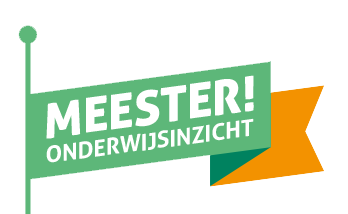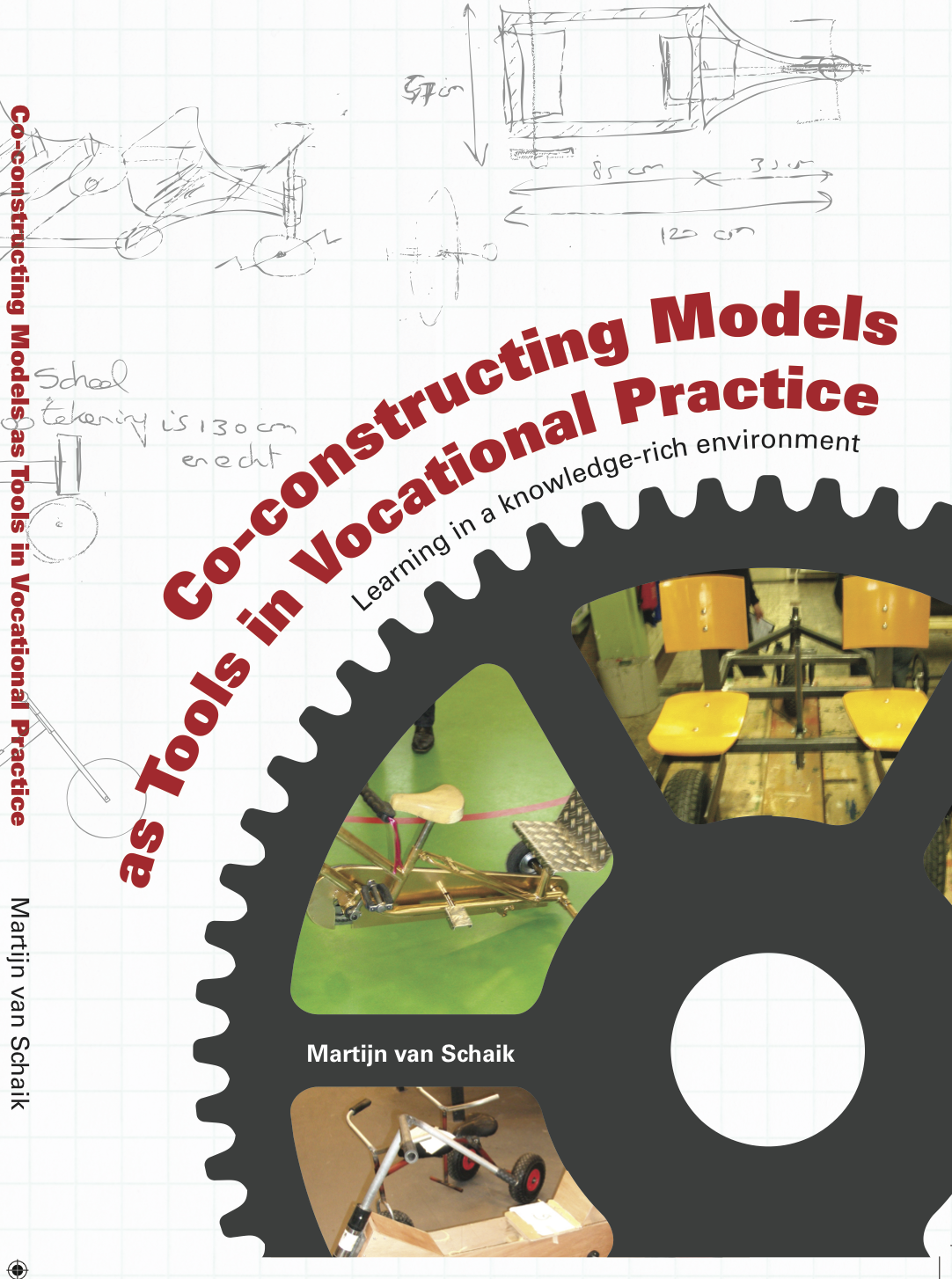Below a link to my presentation at the ISCAR Summer University in Moskou. For the abstract click continue reading
Link to my dissertation (chapter 2 is on my video method)
A case study of video-based design research
In search of the knowledge in practice
Abstract for the ISCAR summerschool 2013
Martijn van Schaik
In vocational education students are to be prepared to participate in communities of practice (Maes, 2004). Hence they need technical skills as well as content knowledge e.g. science and mathematics. Research has shown that the instructional strategy of guided co-construction may lead to deeper understandings within a practice (Van Schaik, Van Oers & Terwel, 2010/2011; Snel, Terwel, Aarnoutse & Van Leeuwen, 2012). Guiding in a co-constructive way means helping students to collaboratively reconstruct models and subject matter knowledge through an on-going and reciprocal discursive process, focused on the solution of task-related problems (Mercer, 1995; Hardman, 2008). This paper focusses on students’ drawings and models and their function in a ‘web of reasons’ (Brandom, 1994). The present research takes a cultural historical activity theory perspective on how students (age 14-16) and their vocational and subject matter teachers use models and other representations as tools in the process of designing and constructing (Van Oers, 2006; Billet, 2003). We use video data from a design based research project at schools for preparatory senior secondary education, for which students had to design and built a prototype of a tandem tricycle. Teachers guided the students in this process aiming at not only acquiring technical skills, but also at an understanding of codified knowledge (Van Schaik, et all, 2010/2011).
The present research explores how the models functioned for the students in the simulated workplaces at school as reasons for action and how these reasons evolve over time and through guidance of the teacher. From a body of about 10 hours of video data we selected 18 interactions of students and teachers on or over their models and drawings from early in their design and construction process till the end. By identifying the change of meaning and the role the representations play in students’ web of reasons, we can explain students’ (differences in) understanding of models and concepts of mathematics and science. The results showed that students’ actions, tool use and products concepts and knowledge play an important roll as object-motives (Edwards, 2010).
We propose that emphasis should be on the inferential role of concepts and representations in order for the students to be meaningful and to be used as tools in a practical way (Bakker & Derry, 2011). This proposition may help to bridge the gap that exists for students and teachers in vocational education between practical, explicit, situated knowledge and codified, general knowledge. Hence integrating the vocational and academic disciplines. Moreover, a web of reasons can be a pedagogical tool for teachers within a strategy of guided co-construction.
To find the devoloping reasons and reasoning the video was an indispensable data source. We explain how our video data guided our academic analysis at three levels, the baseline level, the methodological level and the meta-level. With hindsight we are able to see that the extensive use of video data co-determined the course of the research trajectory in ways that would not have been possible with quantitative data alone. Through the use of video data we attempted to find an answer to questions of codified knowledge in workplaces, simulated in vocational education. On the basis of our research experiences we conclude that video observations are indispensable if our aim is not only to improve theory and practice but also to reflect on the design of the method itself; especially if design research is regarded as open-ended, and the agency of participants is valued.
Bakker, A., & Akkerman, S. (submitted). A boundary-crossing approach to support students’ integration of statistical and work-related knowledge. Educational Studies in Mathematics.
Engeström, Y. (2009). The future of activity theory; a rough draft. In: A. Sannino, H. Daniels, & K. D. Gutiérrez (Eds.), Learning and expanding with activity theory (pp. 303–328). New York: Cambridge University Press.
Van Schaik, M. (2010). Let the video be your guide: a case study of video-based design research. Co-constructing models as tools in vocational practice. Learning in a knowledge-rich environment. Amsterdam: Free Musketeers.
References

